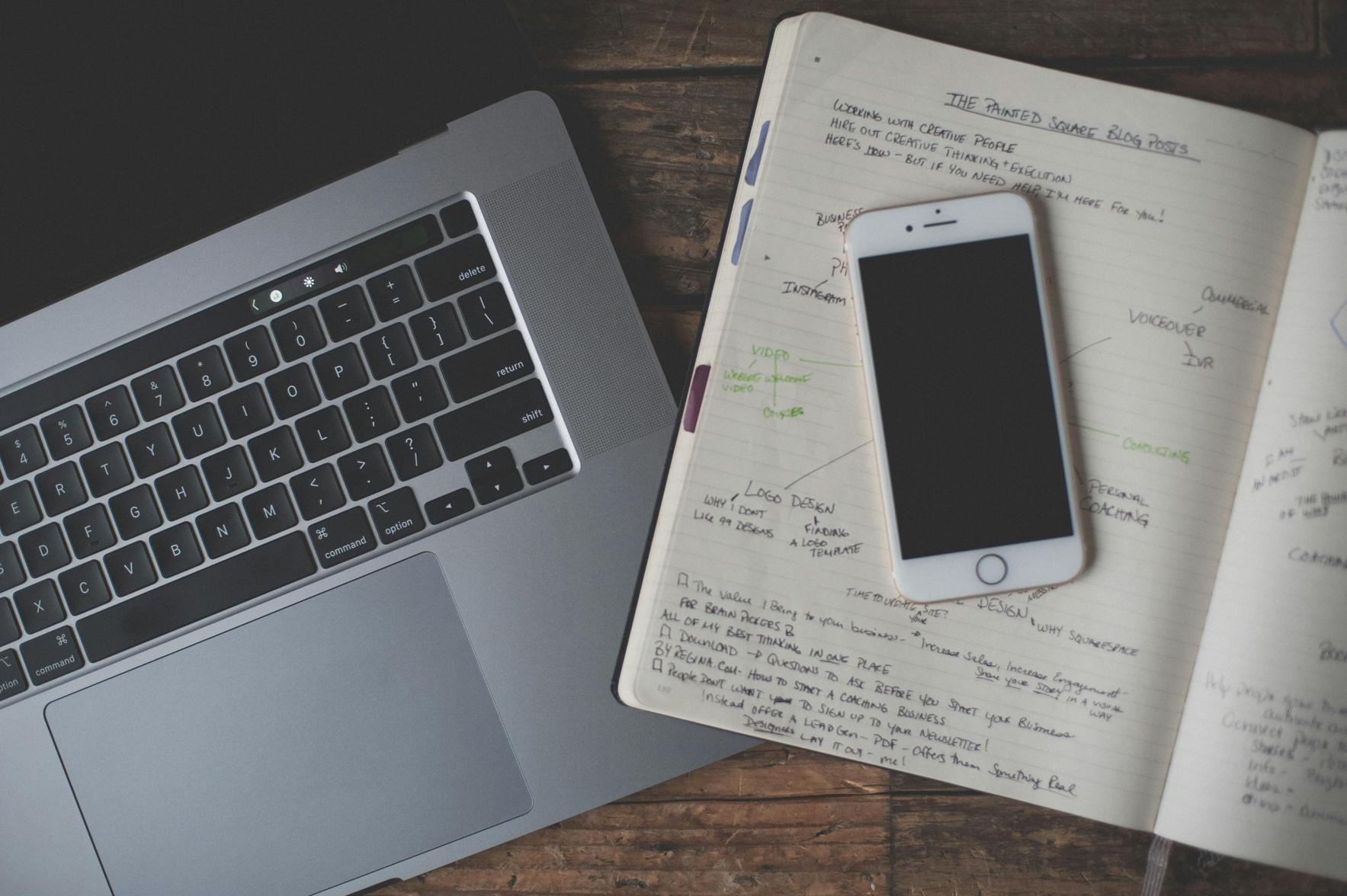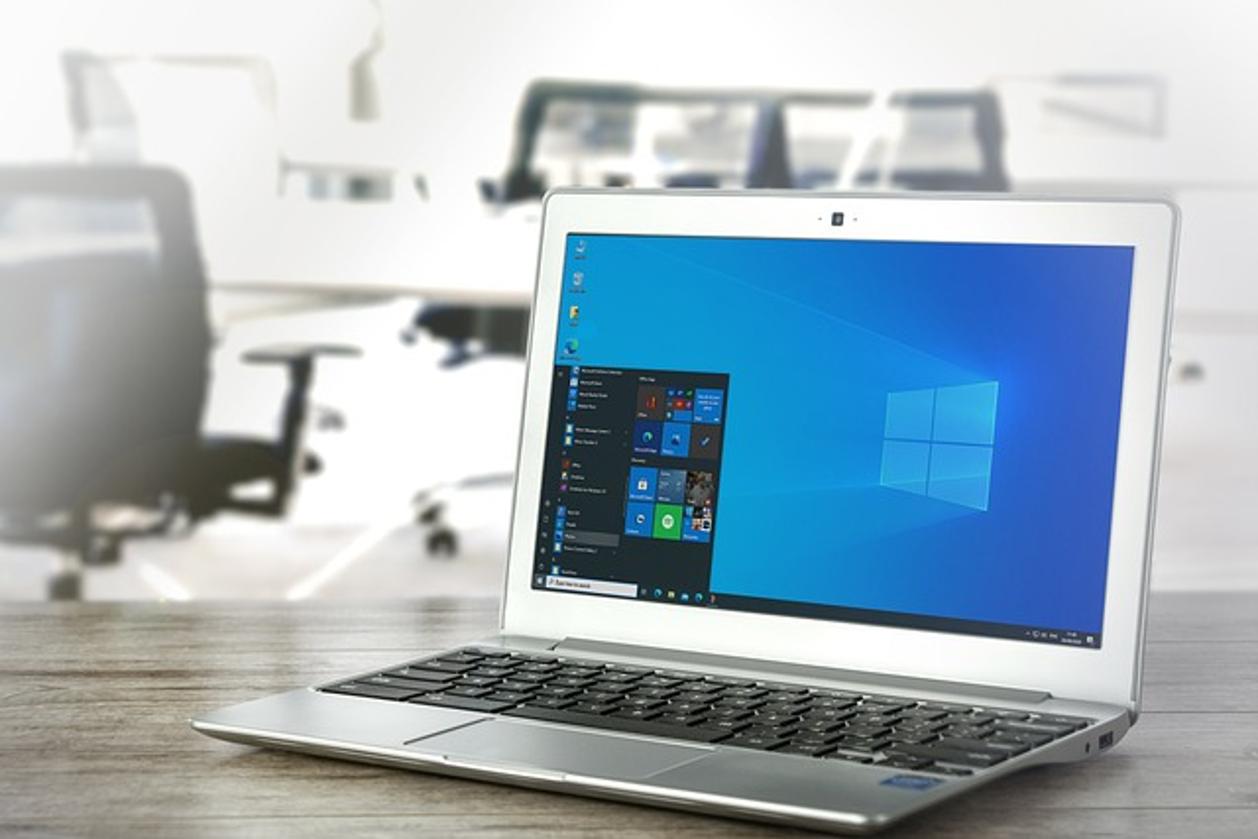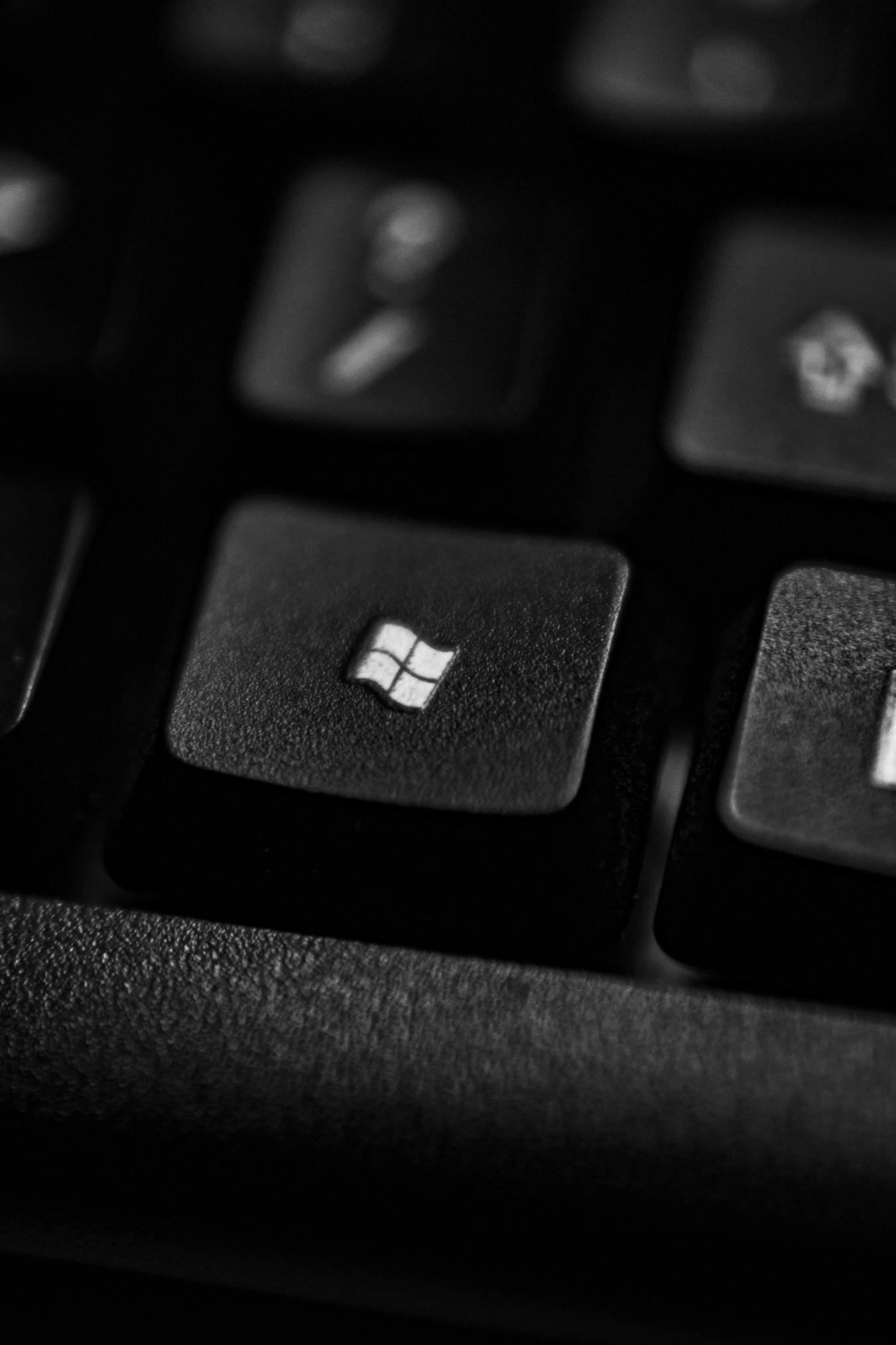How to Turn On Your Microsoft Surface Laptop
Introduction
Whether you're a new owner of a Microsoft Surface Laptop or have been using one for years, understanding how to power it on effectively is essential for a seamless experience. This comprehensive guide provides step-by-step instructions on turning on your device, introduces alternative methods, and offers troubleshooting tips if you encounter any issues. We’ll also discuss ways to optimize and maintain power efficiency for the best performance.

Understanding Your Microsoft Surface Laptop
Before diving into the specifics of turning on your Microsoft Surface Laptop, it's important to familiarize yourself with some key components. The power button, often located at the top right-hand side of the keyboard, plays a crucial role. Next, ensure that you have a working charger because a lack of power is a common reason for startup issues. Additionally, knowing the location of any indicator lights helps in identifying if the power is on or off.
Preparing Your Surface Laptop
Preparation is key when it comes to using your Microsoft Surface Laptop effectively. Ensure that your device has ample battery power. If not, connect it to the charger and wait for a few minutes to build up enough charge. Using an official Microsoft charger is recommended to avoid compatibility issues. Also, ensure that the laptop is placed on a stable, flat surface during the initial setup to prevent accidental drops or movements that could interrupt the process.
Powering On Your Microsoft Surface Laptop
Here's a step-by-step guide to turn on your Microsoft Surface Laptop effortlessly:
- Press the Power Button: Ensure your device is charged or plugged in, then press and hold the power button for a few seconds. You should see the logo appear on the screen.
- Release the Button: Once the logo appears, release the power button. The laptop will begin to boot up, which might take a few seconds.
- Initial Setup: For first-time users, you may be guided through an initial setup process involving language selection, Wi-Fi configuration, and more. Follow the on-screen instructions to complete the setup.
- Logging In: After startup, you will arrive at the login screen. Enter your credentials to access your device's home screen.
Key tips: - Make sure your hands are clean and dry when pressing any keys or buttons to ensure they register properly. - It’s advisable to have your charger handy even if the device seems fully charged.

Alternate Power-On Methods
If you're facing difficulty turning on your Microsoft Surface Laptop using the standard method, consider these alternative options:
- Keyboard Shortcut: On some models, pressing certain keyboard combinations can power on the laptop. For example, holding down the 'Shift' + 'Ctrl' + 'Power' keys simultaneously may work.
- Docking Station: If you have a docking station, connecting your Surface Laptop to it might also power on the device automatically.
- Surface Pen: If your model supports it, using the Surface Pen to interact with the screen might trigger the device to turn on. Sometimes, placing the pen close to the screen can prompt the laptop to wake from sleep mode.
These alternative methods can be especially useful if your power button is unresponsive or if you are troubleshooting startup issues.
Troubleshooting Power-On Issues
Sometimes, despite your best efforts, your Microsoft Surface Laptop might refuse to turn on. Here are some steps to troubleshoot:
- Check Charger and Outlet: Make sure your charger is working by testing it on another device. Verify the outlet is functional.
- Perform a Hard Reset: Hold down the power button for 20 seconds and then release. Wait a few seconds before trying to power it on again.
- Disconnect Accessories: Remove any connected USB devices, external drives, or other accessories, as they might be causing startup problems.
- Inspect for Damage: Check for any visible signs of damage to the laptop, charger, or cables.
If none of these steps resolve the issue, it may be time to contact Microsoft Support for professional assistance. Keeping the device under warranty can provide extra peace of mind in such situations.

Optimizing and Maintaining Power Efficiency
To ensure your Microsoft Surface Laptop remains efficient and reliable, follow these optimization tips:
- Adjust Brightness: Lowering screen brightness can significantly save battery life.
- Use Battery Saver Mode: Enable this mode through your device settings to extend battery life during travel or prolonged use.
- Update Software Regularly: Ensure your laptop is running the latest software updates, which often include power management improvements.
These simple habits can contribute to longer battery life and better overall performance.
Conclusion
Turning on your Microsoft Surface Laptop is typically a straightforward process, but knowing the right steps and how to troubleshoot common issues can save you time and frustration. Whether you use the traditional method or alternative power-on techniques, proper preparation and optimization are key to a seamless experience.
Frequently Asked Questions
Why won't my Microsoft Surface Laptop turn on?
Your laptop may not turn on due to issues such as a drained battery, faulty charger, or internal hardware problems. Ensure your charger is working, try a different outlet, and perform a hard reset.
How do I perform a hard reset on my Surface Laptop?
To perform a hard reset, press and hold the power button for about 20 seconds, then release it. Wait a few moments before pressing the power button again to turn on the device.
Can I turn on my Surface Laptop using a keyboard shortcut?
Yes, on some models, holding down the 'Shift' + 'Ctrl' + 'Power' keys simultaneously can power on the laptop. Check your device's user manual for specific instructions related to your model.



